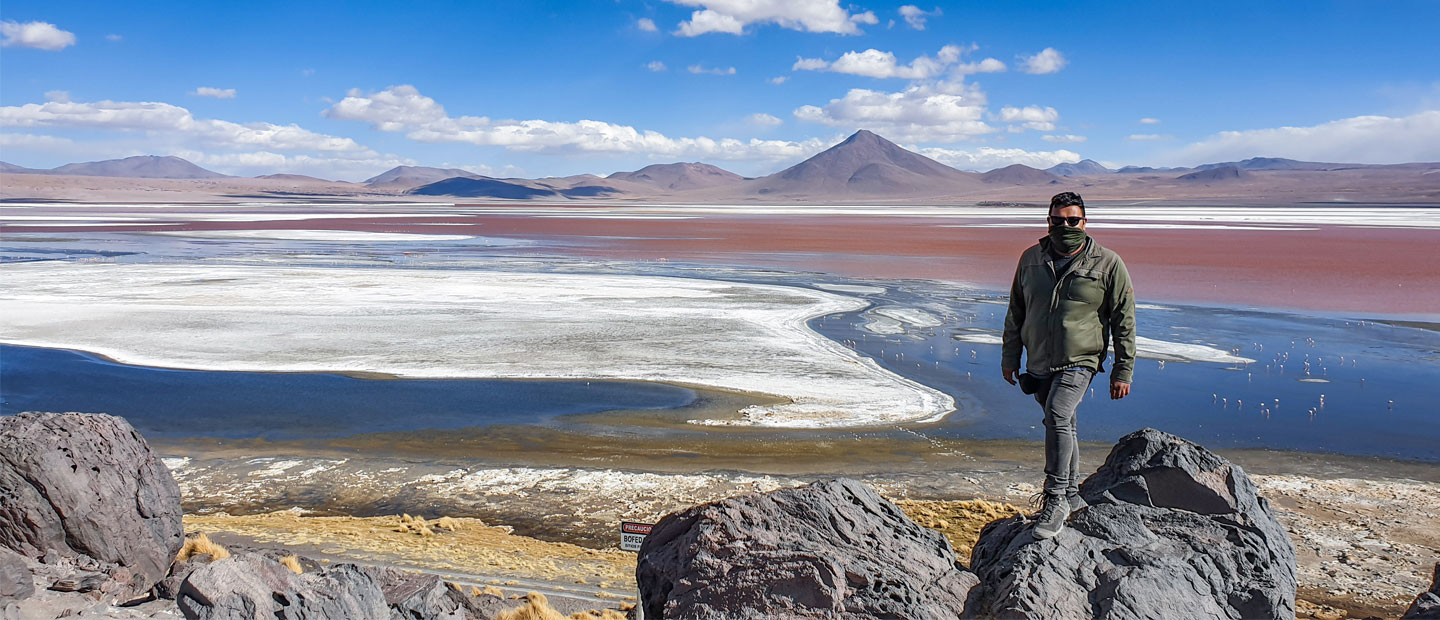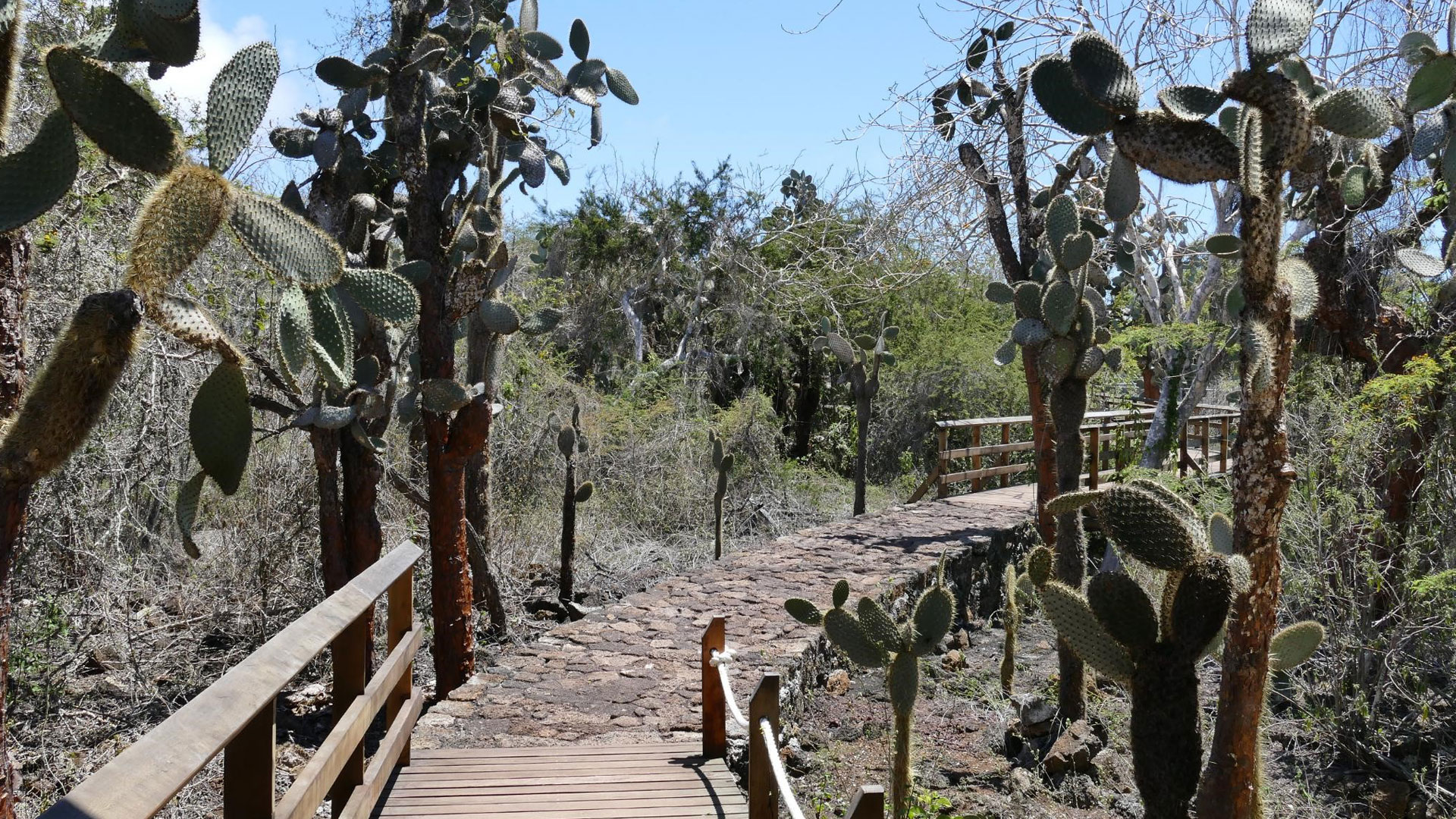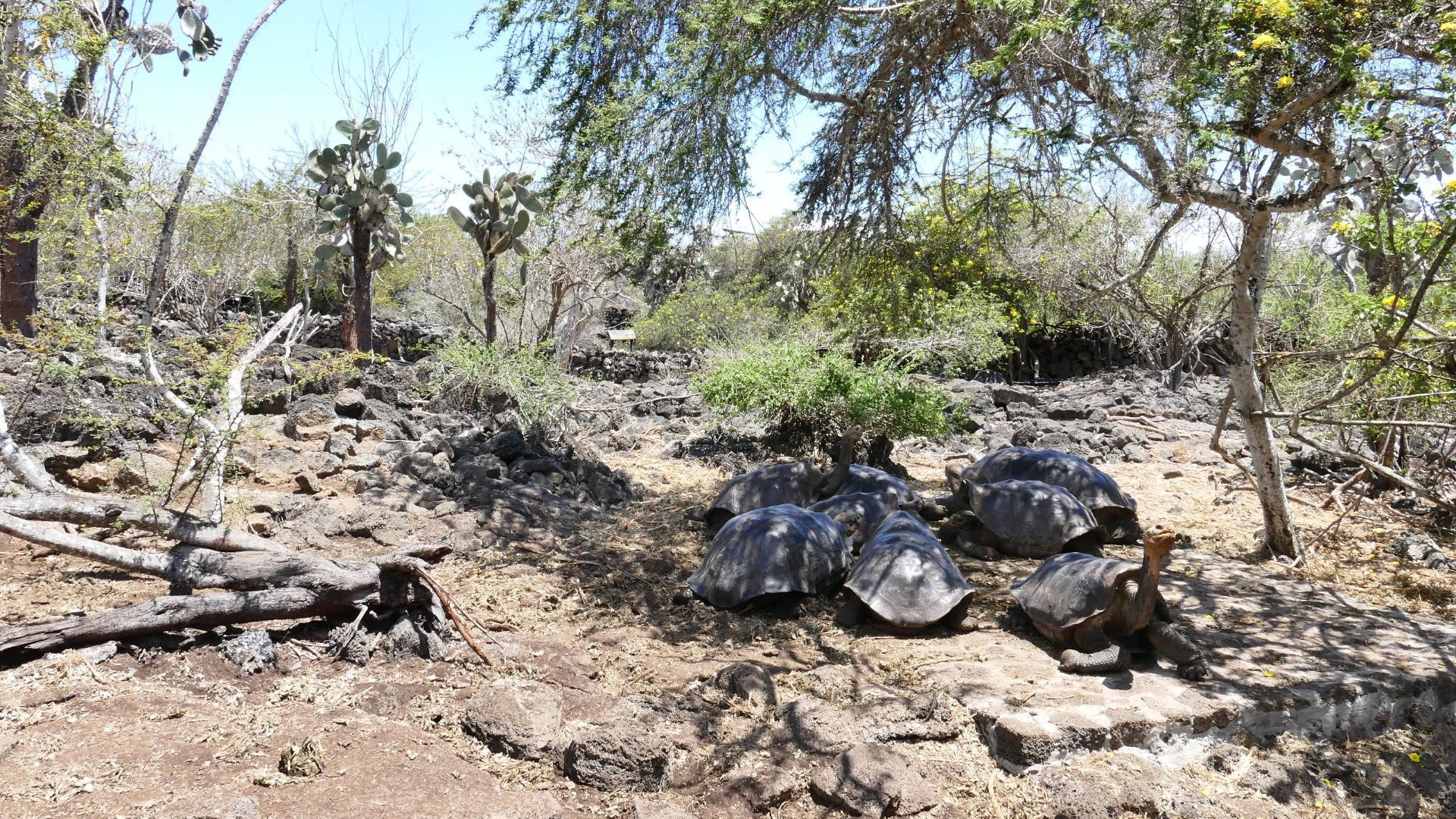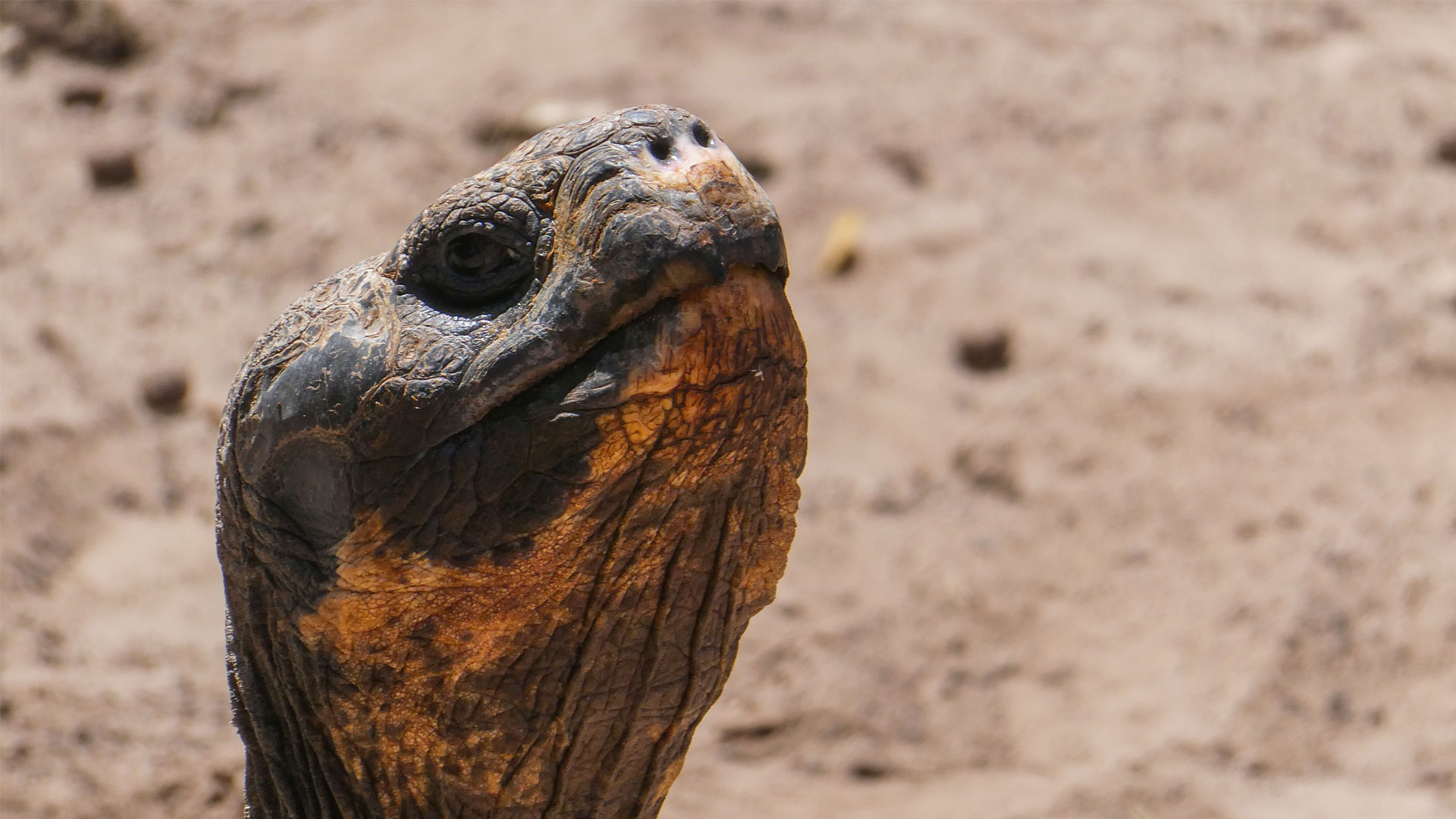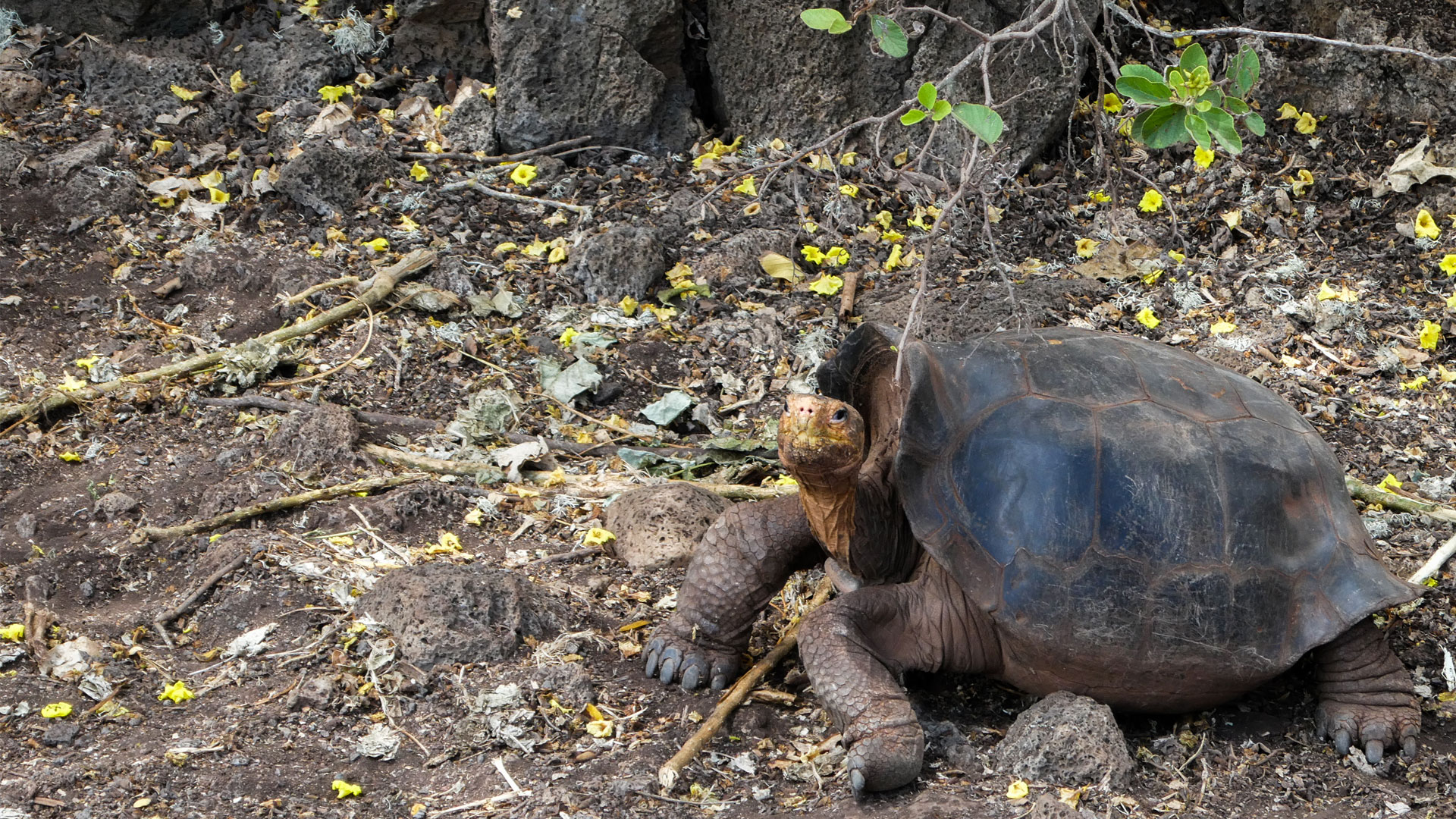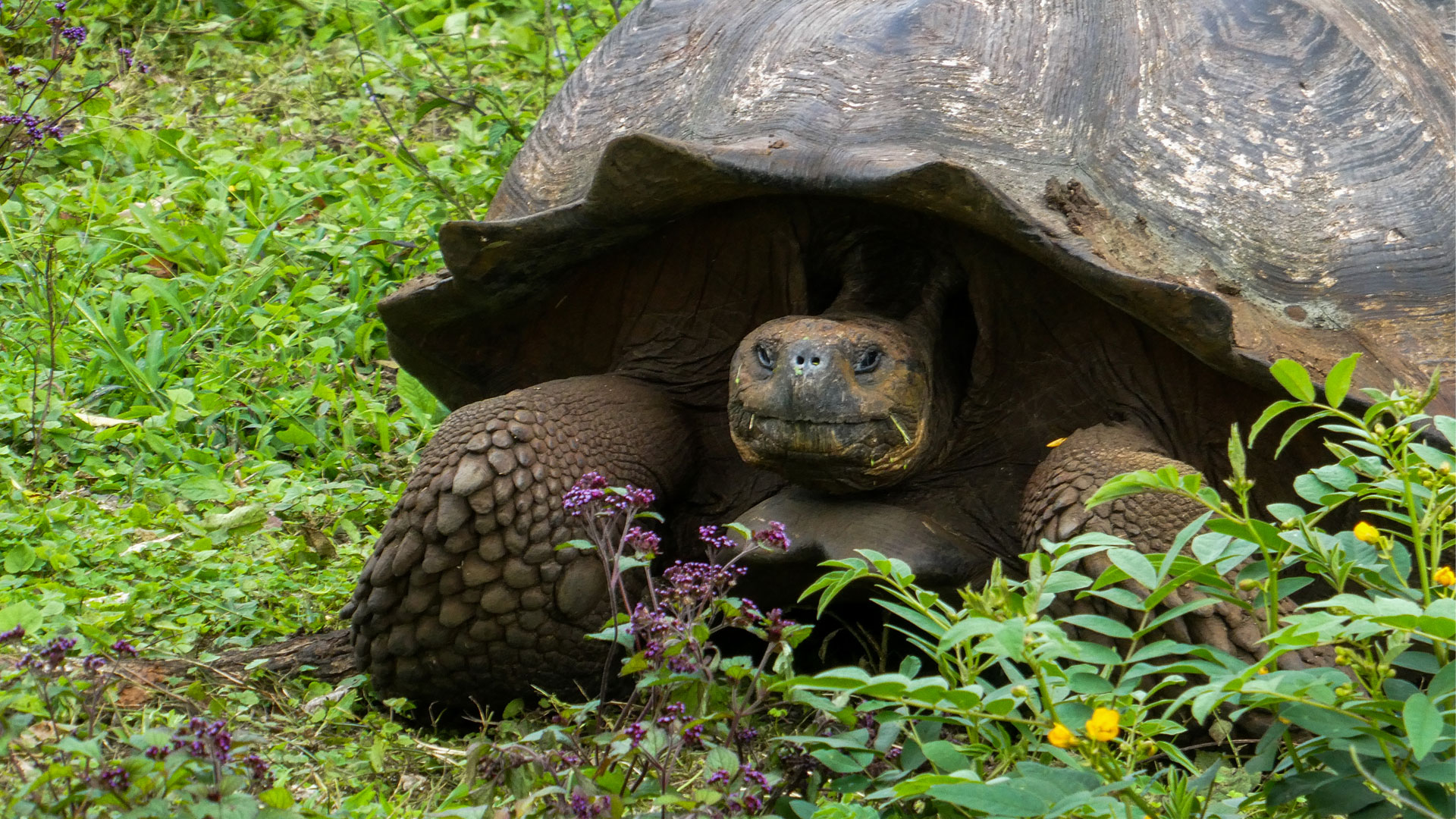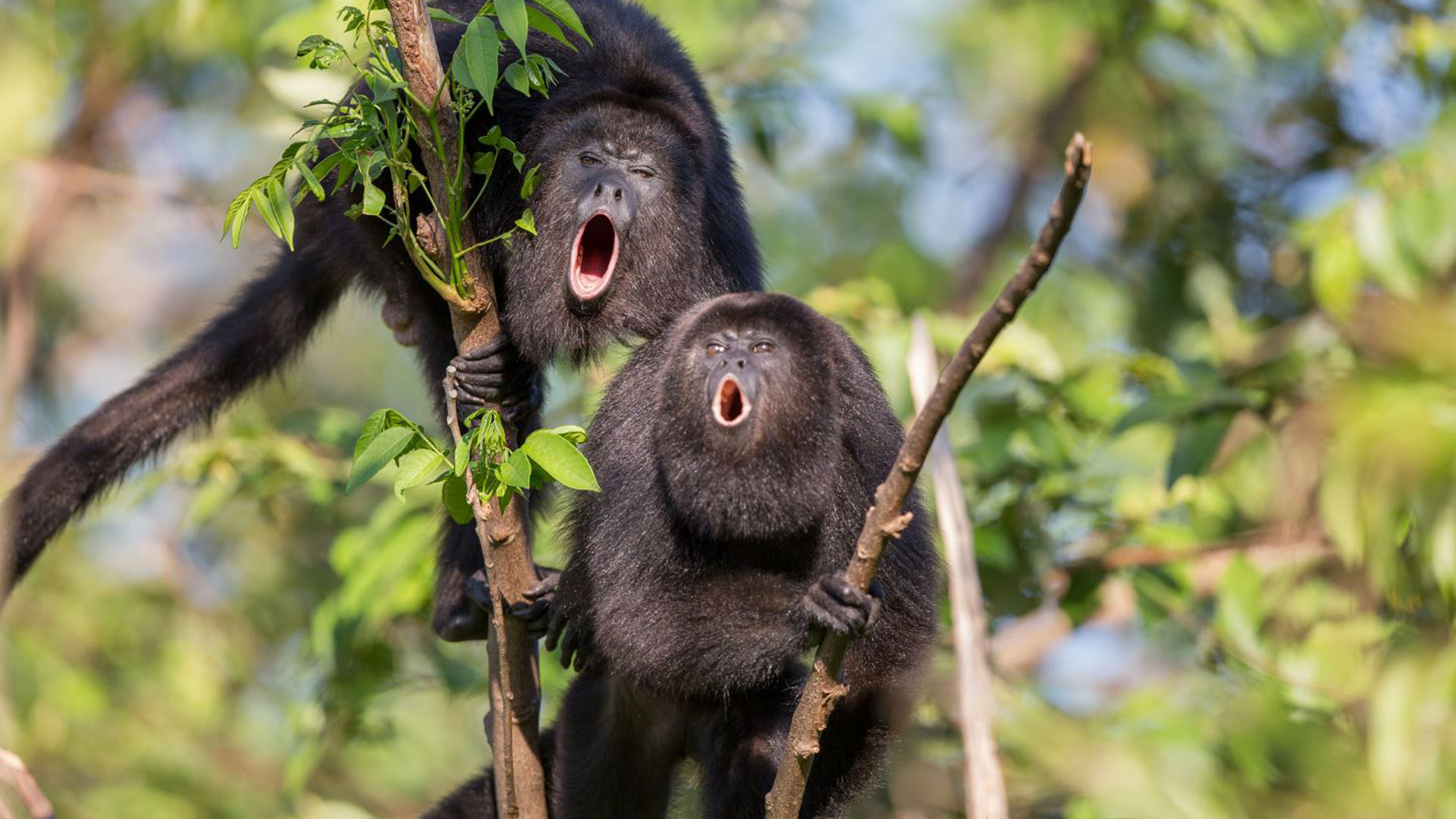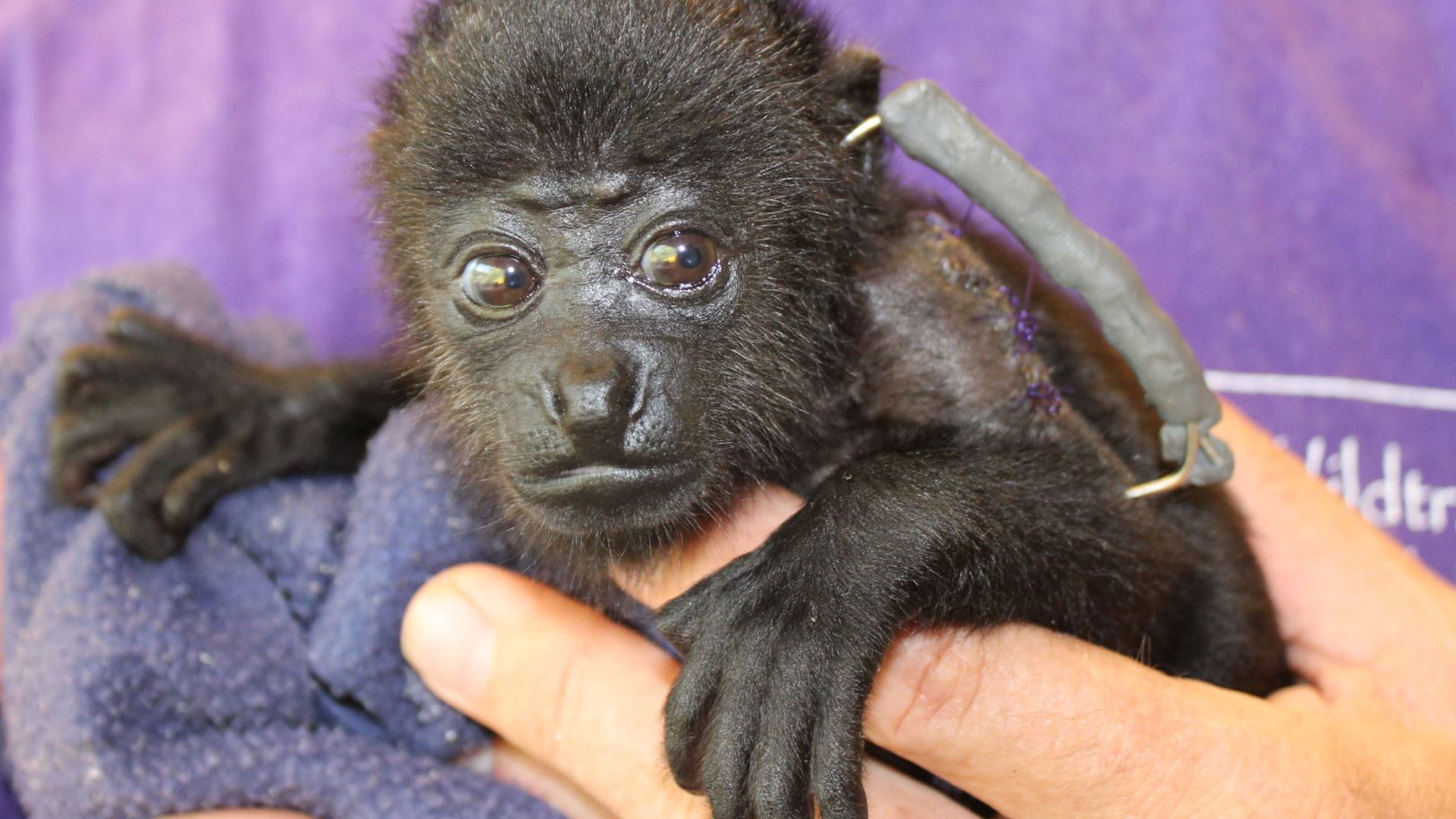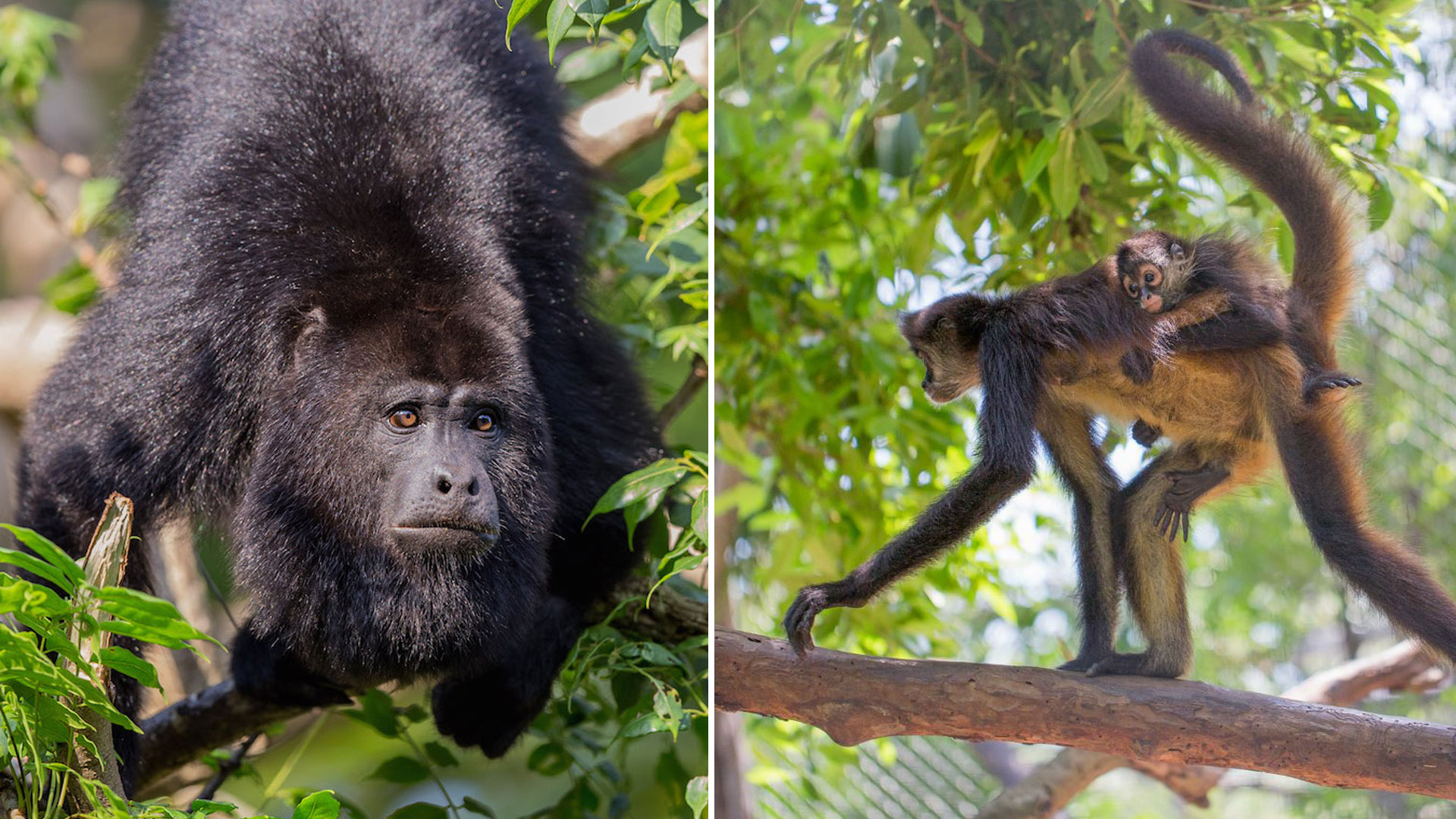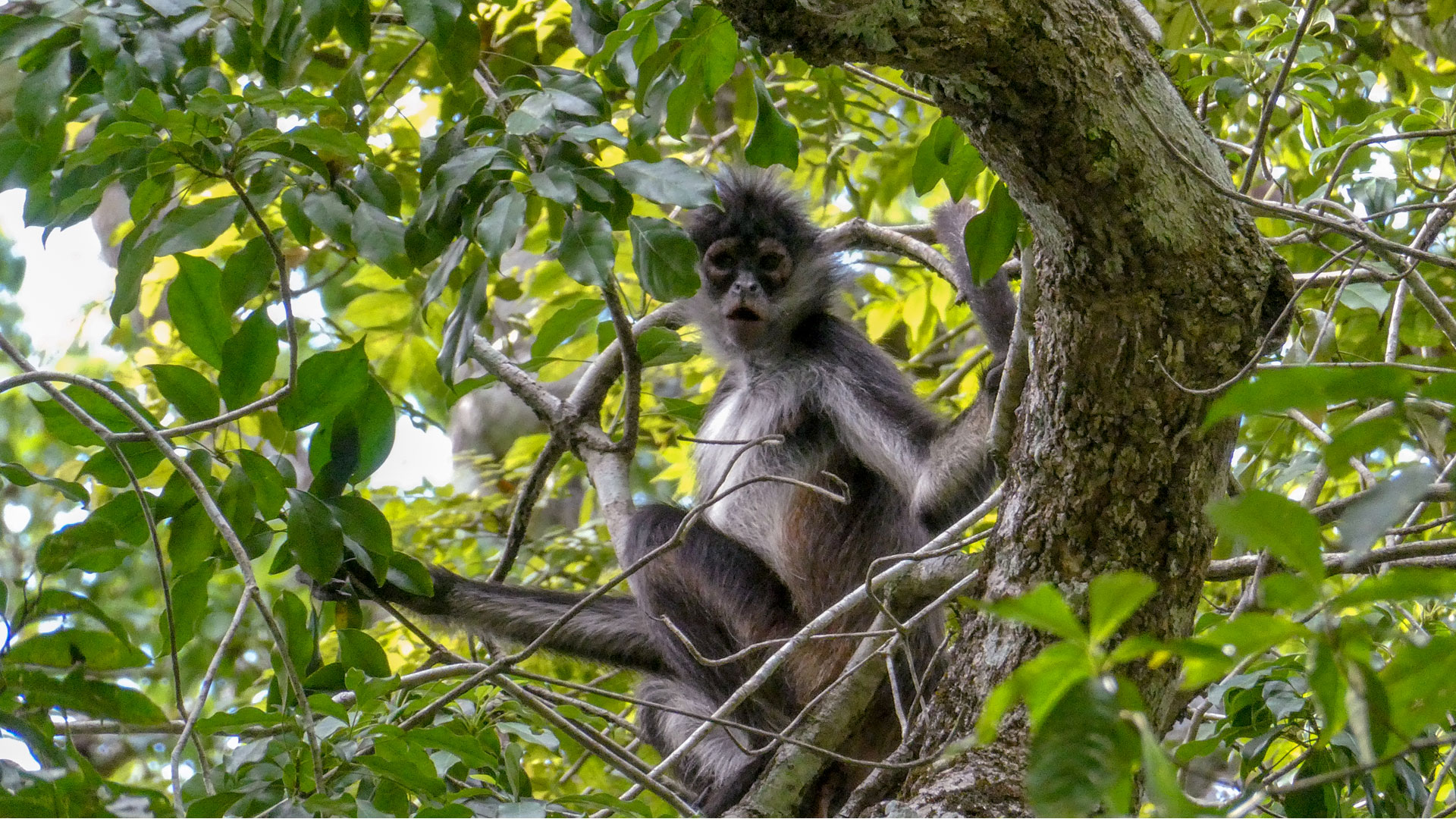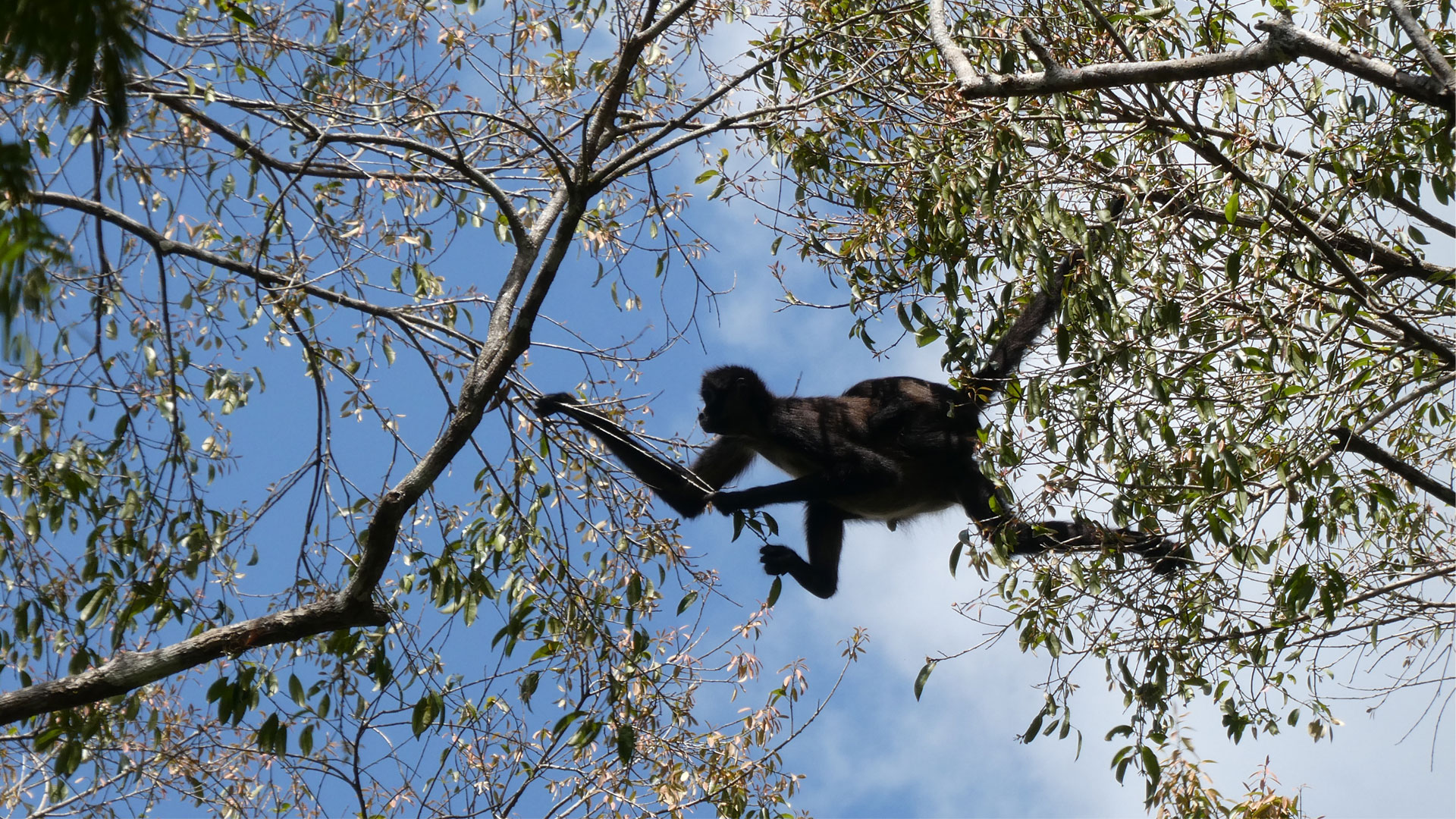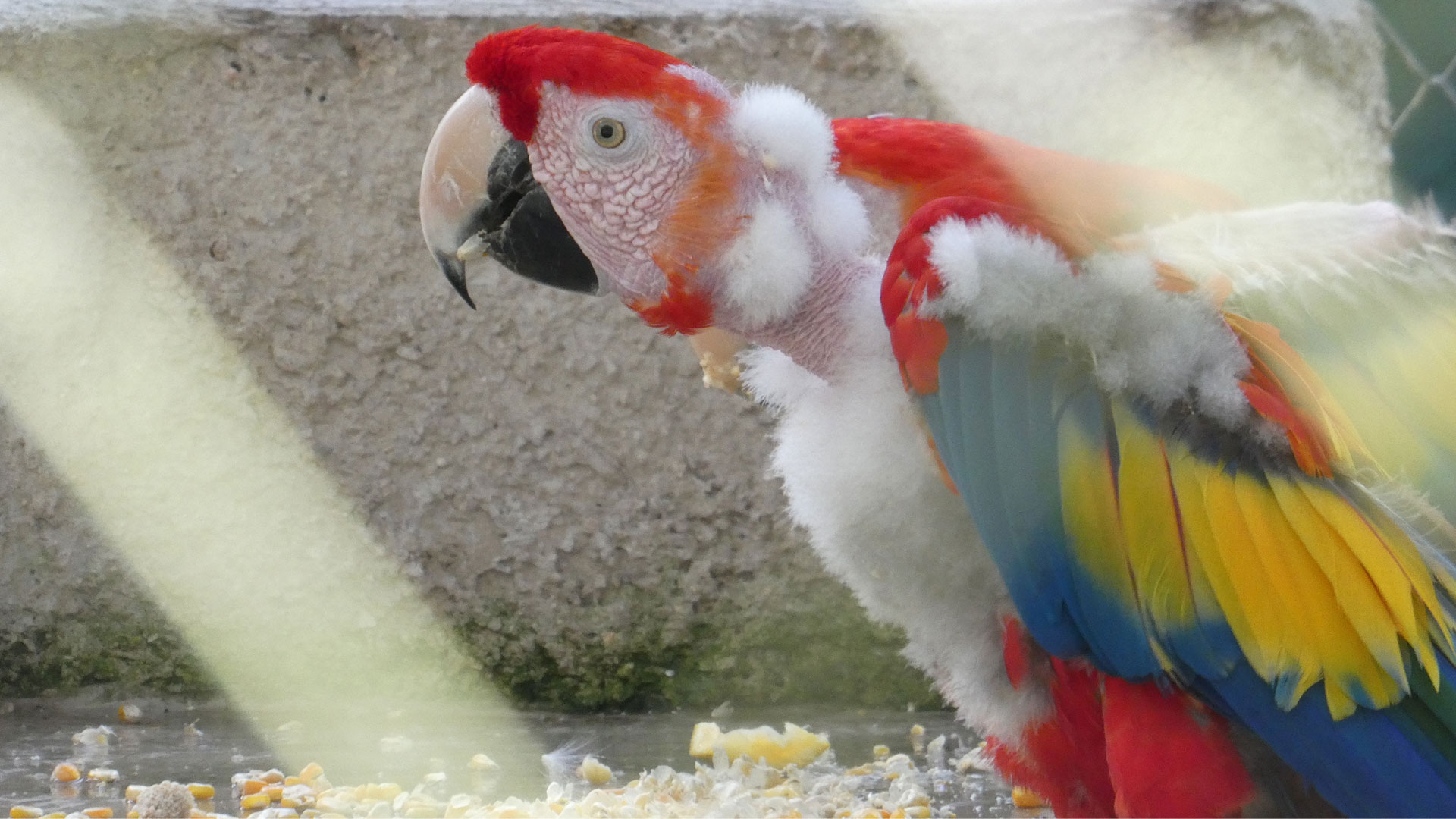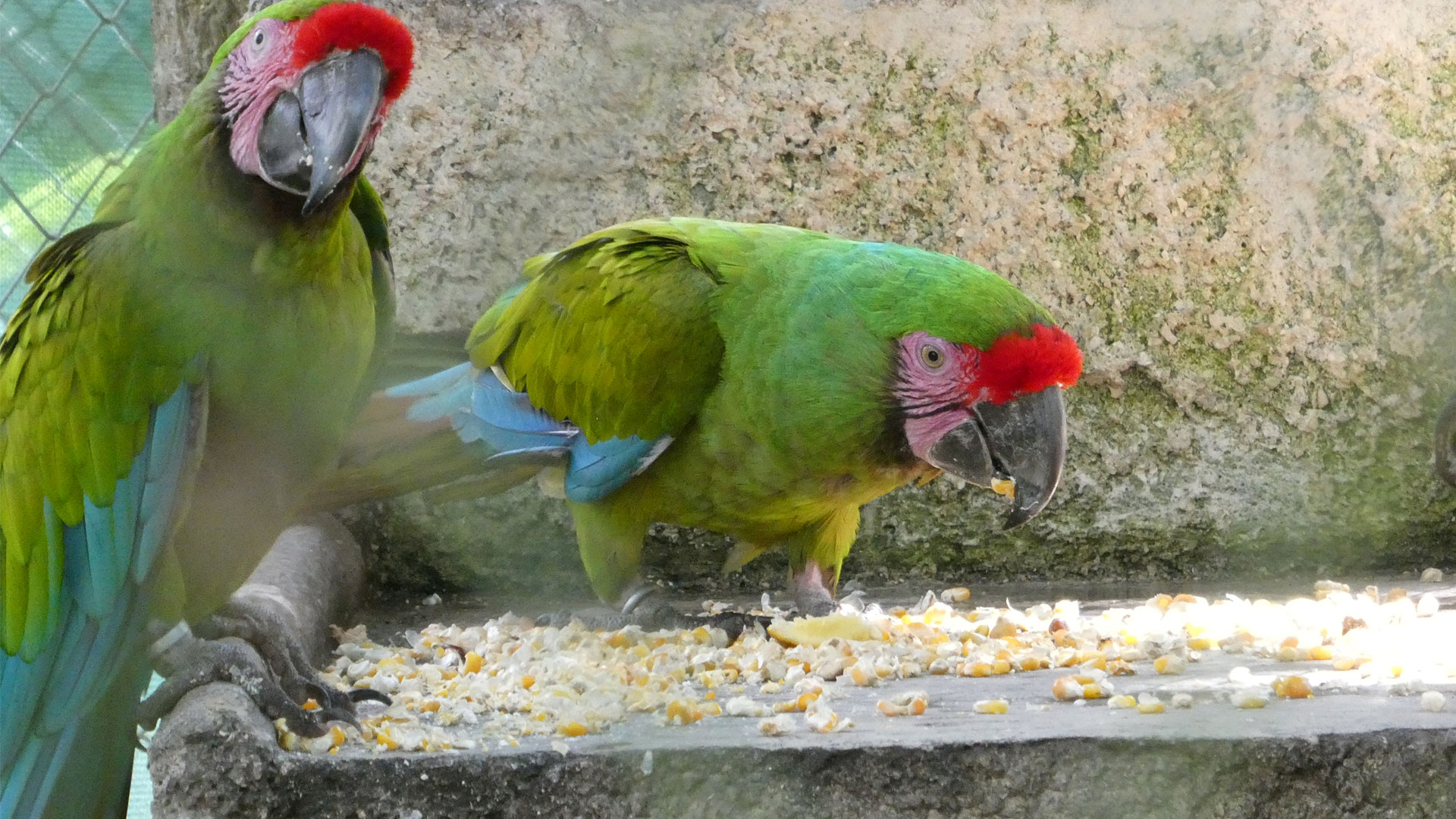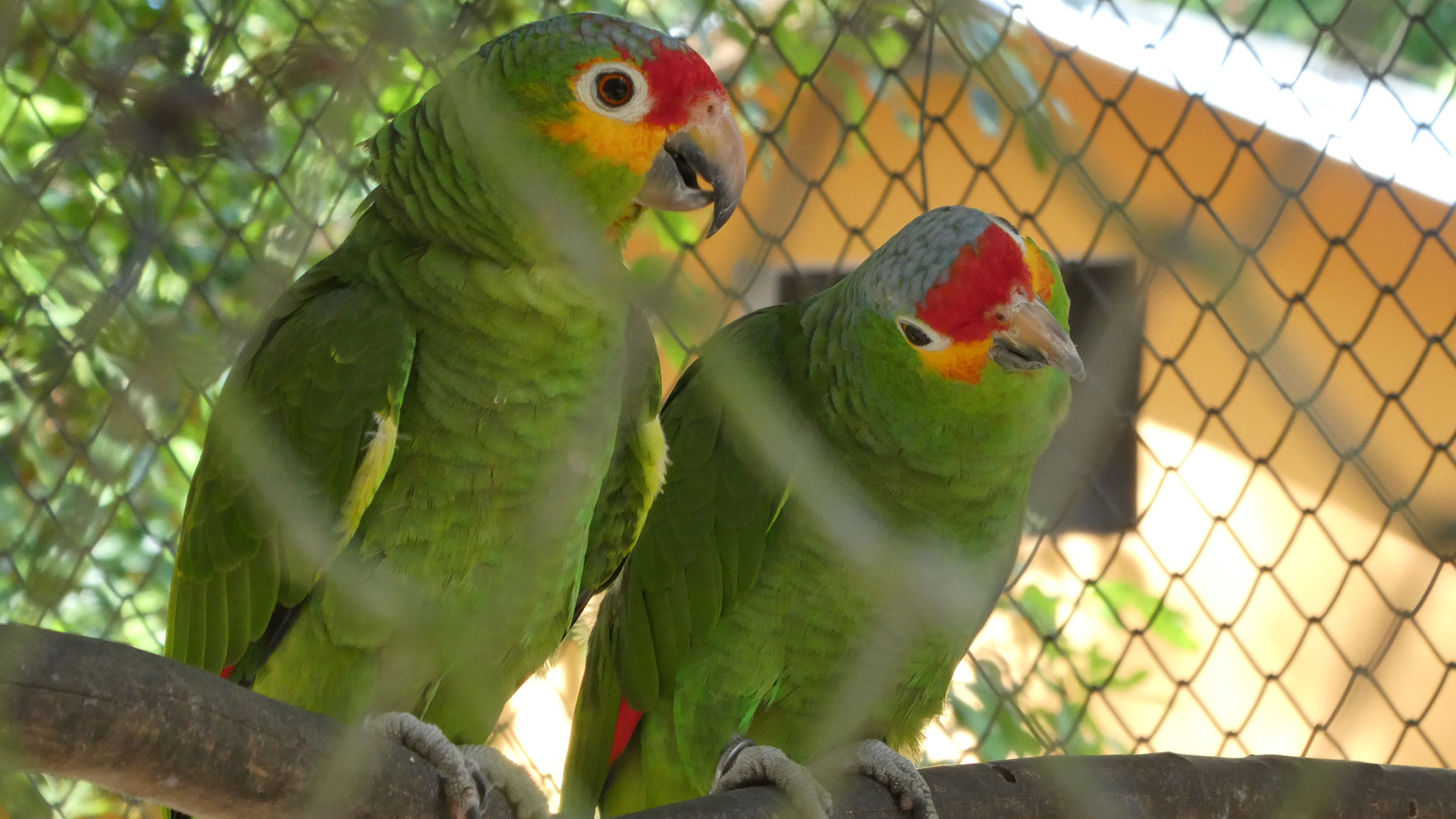Sachin has been part of the Auckland Zoo whānau for almost five years and during that time he has held various keeping roles within carnivores, primates, animal experiences and pridelands (what is now called ungulates), gaining him a breadth of experience. Sachin was placed at Auckland Zoo as a student when he was studying for the ‘New Zealand Certificate in Animal Management’ certificate at Unitec. He initially wanted to work for the Department of Conservation but when he became aware of the incredible conservation work we, and other good modern zoos, are part of, he decided to apply for a job with us. The moment that piqued his interest was listening to a Sumatran tiger Keeper Talk, where he first learnt of the conservation partnerships our visitors and donors enable us to support globally. In his current multi-team role he spends most of his time divided between our carnivore and primate sections – this sees him caring for everything from otters to orangutans!
Kicking off his travels in September 2019, Sachin spent close to three months travelling through-out South America, from Argentina up to Ecuador. Then last year, just before the Covid-19 pandemic affected travel between countries, he flew to Belize to start a 4-month trip through Central America in the hopes of learning more about conservation efforts for some of the species that he cares for at the Zoo. Sachin visited several conservation centres, learning first-hand about the conservation work Auckland Zoo supports, as well as other NGO’s doing great things for wildlife and wild places.


